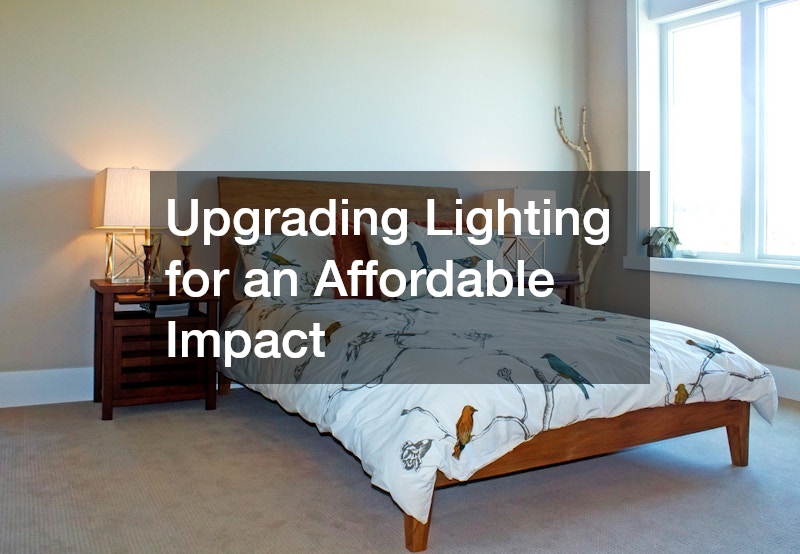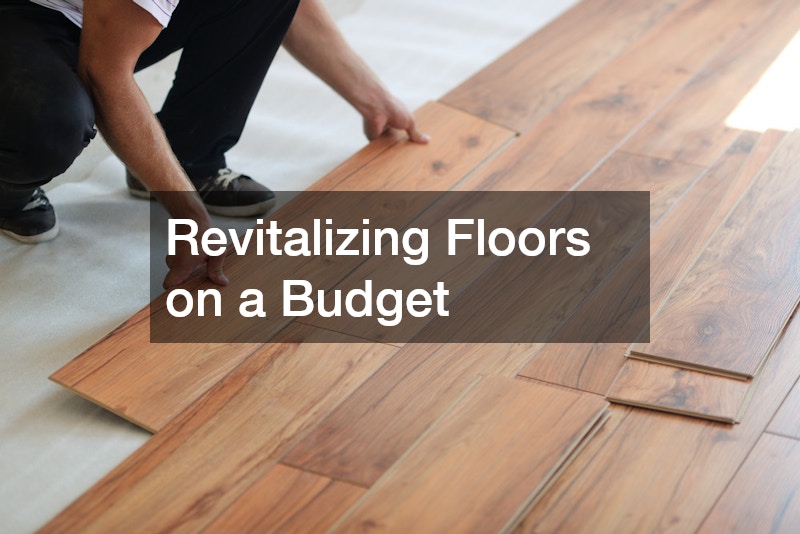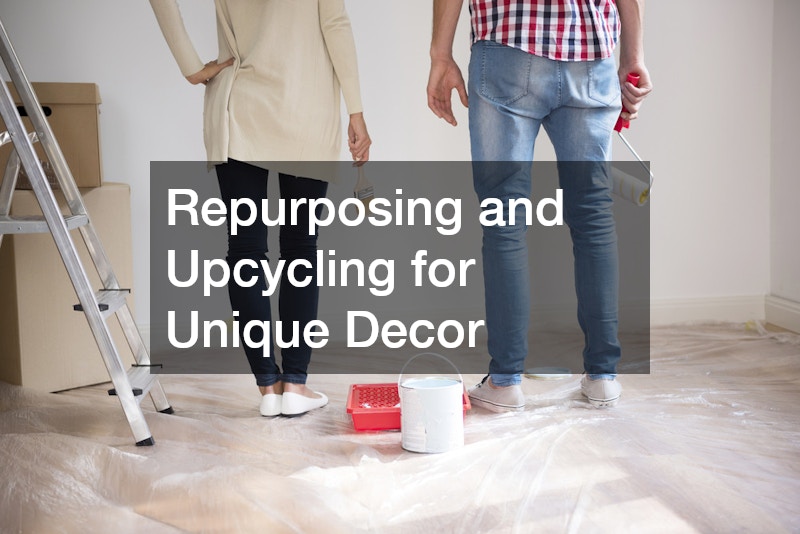Budgeting Your Home Project
An interior design remodel offers homeowners the chance to breathe new life into their living spaces without requiring extensive structural changes. Achieving a fresh, modern look doesn’t have to come with a high price tag; instead, it’s about smart choices and maximizing the potential of each room. When working on a budget, the focus often shifts toward impactful, smaller updates that produce noticeable differences, enhancing the feel and function of a home. By opting for budget-friendly options, like affordable materials and multifunctional furniture, you can add style and sophistication to any room without the high costs that typically accompany major renovations. Thoughtful interior design remodel strategies focus on elements that can be easily upgraded or repurposed, making the process both practical and financially accessible.

1. Choosing Cost-Effective Materials for Interiors
When planning an interior remodel on a budget, the materials you choose play a critical role in the overall cost and longevity of the renovation. Cost-effective materials like laminate, engineered wood, or recycled options offer durability and style without breaking the bank. These options not only suit a range of design styles but are often more resilient to daily wear and tear compared to more costly alternatives. Selecting materials that can mimic the appearance of high-end choices—such as wood-look laminate flooring or stone-look countertops—enables homeowners to achieve a luxurious look for less. Ultimately, a budget-conscious approach to material selection is one of the smartest ways to ensure an attractive, long-lasting result.
Working with an interior design service can further help in making these choices, as professionals can recommend budget-friendly materials that align with both the design goals and the practical needs of the space. They can also guide homeowners toward durable, eco-friendly materials that save costs in the long run by requiring less maintenance. Whether it’s selecting reclaimed wood for a rustic look or affordable tiles for a sleek finish, an experienced interior design service can tailor material recommendations to fit the project’s budget while keeping the aesthetic vision intact.
2. Maximizing Space with Functional Furniture
Maximizing space is essential for making any interior design remodel both beautiful and functional. Thoughtfully chosen furniture can transform a room, making it feel more spacious and organized, even on a limited budget. Multi-functional pieces, such as storage ottomans, foldable desks, or sectional sofas with hidden compartments, add both style and utility. By prioritizing furniture that serves dual purposes, homeowners can reduce clutter and improve the overall flow of the room without additional furniture expenses. This approach is especially valuable in smaller spaces where each item needs to work harder to create a harmonious environment.
Incorporating automated shades can enhance this approach by contributing to both functionality and aesthetics. Automated shades offer privacy, control over natural light, and a modern feel, making them an excellent addition to a budget-friendly interior design remodel. These shades add convenience, allowing users to manage lighting and ambiance at the touch of a button, while also reducing energy costs by effectively managing sunlight exposure. When paired with functional furniture, automated shades can transform a space into a well-coordinated and efficient living area, providing style and comfort while staying within budget.

3. Upgrading Lighting for an Affordable Impact
Lighting plays a transformative role in any interior design remodel, as it can set the mood, highlight key features, and make spaces feel larger and more inviting. One of the most budget-friendly ways to refresh a room is by updating the lighting fixtures. Swapping out outdated fixtures for modern, energy-efficient ones can instantly elevate the look of a room without requiring extensive work. Additionally, layered lighting—such as a mix of overhead lights, task lighting, and accent lights—helps to create a balanced and warm ambiance. Simple changes, like replacing bulbs with LED options or using dimmer switches, can enhance the flexibility of a room’s lighting and cater to different activities, all while keeping costs in check.
For an even greater visual impact, consulting with a painting company to consider accent walls or unique paint finishes can add depth and character to a room under the right lighting conditions. The combination of updated lighting and fresh paint colors allows homeowners to achieve a polished look that feels complete and cohesive. A professional painting company can also provide insights on color selections that work best with the chosen lighting styles, ensuring that the paint enhances the room’s aesthetic while staying within budget. Together, lighting and carefully chosen paint accents are key components in creating an elevated interior design remodel.
4. Enhancing Walls with Paint and Textures
Updating walls with fresh paint and textured finishes is one of the simplest yet most effective ways to bring new life to an interior space during a remodel. A fresh coat of paint can make a room feel larger, more cohesive, or more vibrant, depending on the color palette chosen. Accent walls, for instance, provide a pop of color and focus, while textured wall finishes add dimension and interest. For budget-conscious homeowners, these options offer a way to create visual impact without costly overhauls. Paint is an inexpensive way to set the tone of a room, whether through soft neutrals for a calming effect or bold hues for a striking, contemporary look.
Collaborating with home improvement contractors can ensure that the job is done efficiently and professionally, especially for textured finishes that may require specialized techniques. Contractors can help choose the most suitable finishes and ensure high-quality application, which ultimately contributes to a longer-lasting result. Additionally, contractors can advise on paint types and textures that are both cost-effective and durable, further enhancing the value of the remodel.

5. Revitalizing Floors on a Budget
Floors are often a focal point in any interior design remodel, and refreshing them doesn’t have to be a costly endeavor. With a variety of budget-friendly flooring options, homeowners can achieve a high-end look at an affordable price. Vinyl planks, for instance, provide the appearance of hardwood at a fraction of the cost and are highly durable and water-resistant, making them ideal for high-traffic areas. Laminate and tile are also popular options that offer the look of more expensive materials.
Pairing a floor upgrade with an air conditioner inspection can also be beneficial in creating a comfortable indoor environment, especially in homes with temperature-sensitive flooring. Consistent airflow and regulated indoor temperatures prevent certain floor materials from warping or cracking due to humidity or heat fluctuations. Addressing the air conditioning system during the remodel ensures the longevity and performance of the new flooring, ultimately enhancing the overall quality of the interior design remodel.
6. Refreshing Cabinets with New Finishes
Refreshing cabinets are an affordable way to enhance the look of kitchens and bathrooms during an interior design remodel. Instead of replacing cabinets, which can be costly, homeowners can opt for new finishes, paint, or hardware updates to achieve a fresh look. Repainting cabinets in trendy shades, such as soft gray or navy blue, can add a modern touch while swapping out old handles for sleek hardware makes a big visual difference with minimal investment. Cabinet refinishing or re-facing also provides a significant transformation for a fraction of the cost of a complete replacement, making it an ideal solution for those working within a budget.
For a seamless remodel, consulting with a plumbing contractor may be wise, especially when remodeling kitchens and bathrooms where water lines are present. Plumbing contractors can ensure that any updates made to sinks, faucets, or surrounding cabinetry do not interfere with the plumbing system. Their expertise can help homeowners avoid costly issues later by ensuring that the design and placement of refreshed cabinetry integrate well with existing fixtures.

7. Repurposing and Upcycling for Unique Decor
Repurposing and upcycling furniture or decor items is a creative, eco-friendly way to personalize a home during an interior design remodel. By transforming old or discarded items, homeowners can add one-of-a-kind pieces to their space, often at minimal cost. For instance, an old door can be repurposed into a headboard, or an unused ladder can become a bookshelf. These DIY projects not only add character to a room but also provide the satisfaction of creating something unique. Upcycling supports a sustainable approach to interior design while allowing homeowners to design with flair and individuality, all while saving money.
An insulation company can be a valuable partner in ensuring that upcycled items and decor elements don’t compromise the home’s energy efficiency. When incorporating new design elements, especially in older homes, it’s essential to consider proper insulation. If a remodel includes changing the layout or exposing walls, adding insulation can make a significant difference in temperature regulation and overall comfort.
8. Adding Greenery to Elevate Interior Appeal
Adding greenery to interior spaces is a budget-friendly way to elevate the appeal of a room and bring a fresh, natural vibe to the overall design. Plants not only add aesthetic value but also improve air quality, making them a popular choice in many interior design remodels. For a cohesive look, homeowners can choose plants that complement the color scheme and style of the room, such as tall palms for a tropical theme or succulents for a minimalist touch. Additionally, vertical gardens or small indoor herb gardens add both beauty and functionality, making greenery a versatile decor option on a budget.
In tandem with adding greenery, homeowners might also consider practical upgrades like an epoxy garage floor. An epoxy finish is durable and resistant to moisture, which can be particularly useful if the garage doubles as a workspace or storage area. Investing in an epoxy garage floor during the remodel not only enhances the home’s value but also ensures a clean, easy-to-maintain surface that complements other interior upgrades.
9. Incorporating Minimalist Design Elements
Minimalist design has become increasingly popular for interior design remodels, especially for those aiming to create a clean, uncluttered aesthetic. The minimalist approach focuses on simplicity, with a select few high-quality pieces and neutral color palettes that emphasize space and functionality. By reducing visual clutter and choosing decor items carefully, homeowners can make a room feel open, modern, and spacious without having to invest in many decorative elements. Additionally, minimalist design often uses natural materials and textures, which can be both cost-effective and sustainable, helping homeowners achieve a sleek look within their budget.
Incorporating minimalist design elements can also align well with practical upgrades, such as installing a replacement water heater. Efficient water heating systems not only support the minimalism principle by reducing energy consumption, but they also free up valuable space that would be taken up by older, bulkier models. For those focused on creating a minimalist, budget-friendly interior design remodel, this upgrade offers both functionality and cost savings.
10. Creating a Stylish Accent Wall
An accent wall is an easy and impactful way to enhance a room’s design during an interior design remodel. By painting one wall a bold color, adding wallpaper, or incorporating materials like wood or brick, homeowners can draw attention to a specific area and create a visual focal point without making major structural changes. Accent walls allow for creativity and flexibility, and they can be easily updated as design preferences change. This cost-effective technique provides an opportunity to experiment with color and texture, adding a dynamic element to a room without a large investment.
For optimal comfort, consulting HVAC contractors can ensure that the room’s airflow and temperature remain balanced, especially when materials like brick or wood are used, which can affect heat retention. An efficient HVAC system supports the overall comfort and performance of any new interior feature, making sure that additions like accent walls don’t interfere with climate control.
Maintaining New Home Changes
An interior design remodel offers a wealth of opportunities for homeowners to refresh and personalize their living spaces without exceeding their budgets. Through careful selection of materials, smart upgrades, and creative decor choices, a budget-friendly remodel can deliver high-impact results. With the addition of functional furniture, upcycled items, accent walls, and greenery, homeowners can create beautiful, comfortable spaces that reflect their style and meet their practical needs. By focusing on cost-effective choices like updated lighting, versatile furnishings, and minimalist design elements, a remodel can be both financially sustainable and visually appealing.

